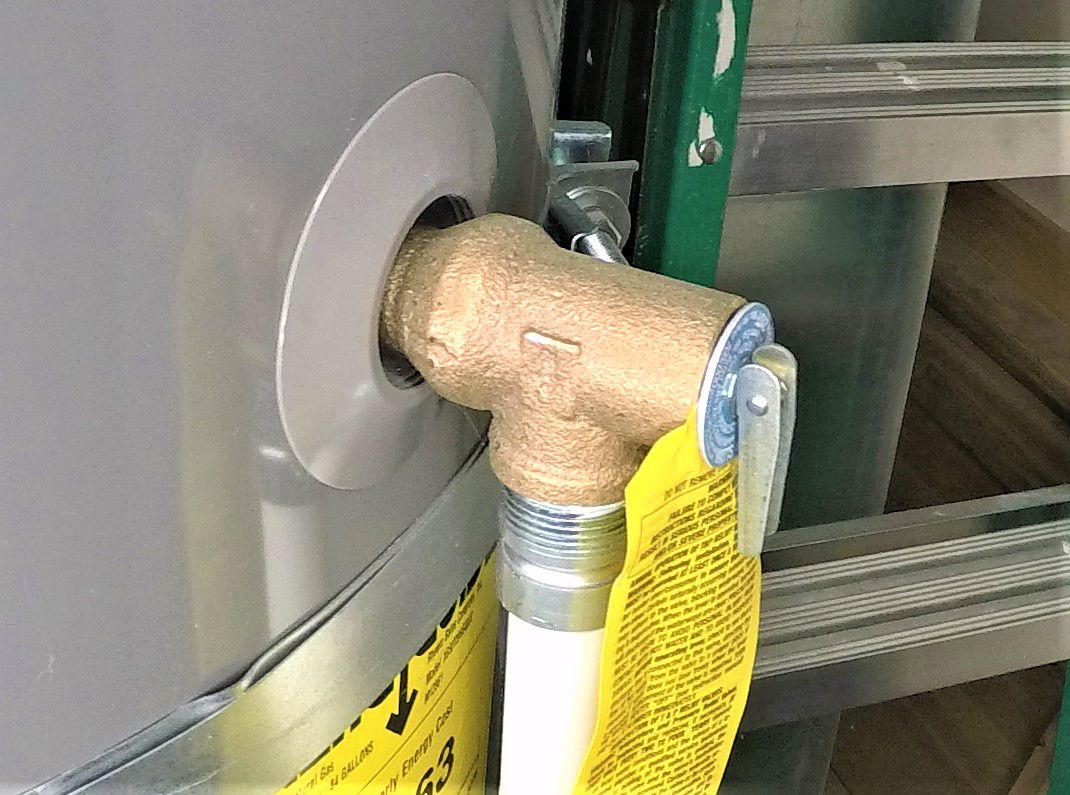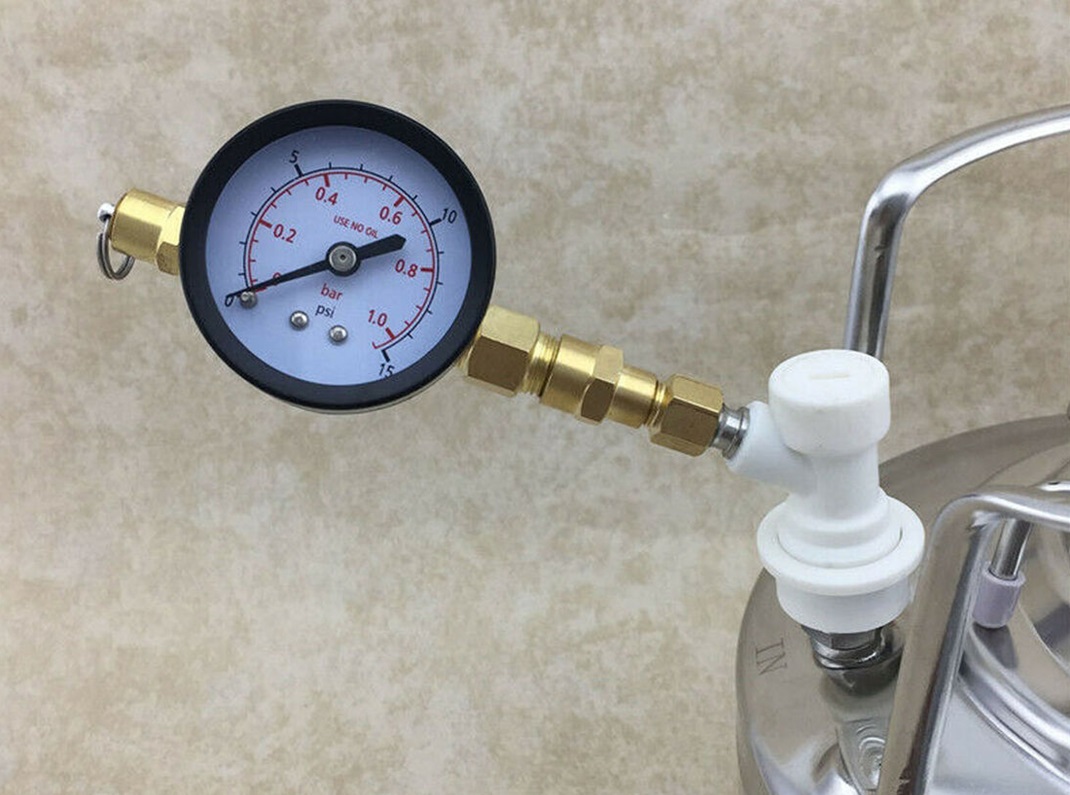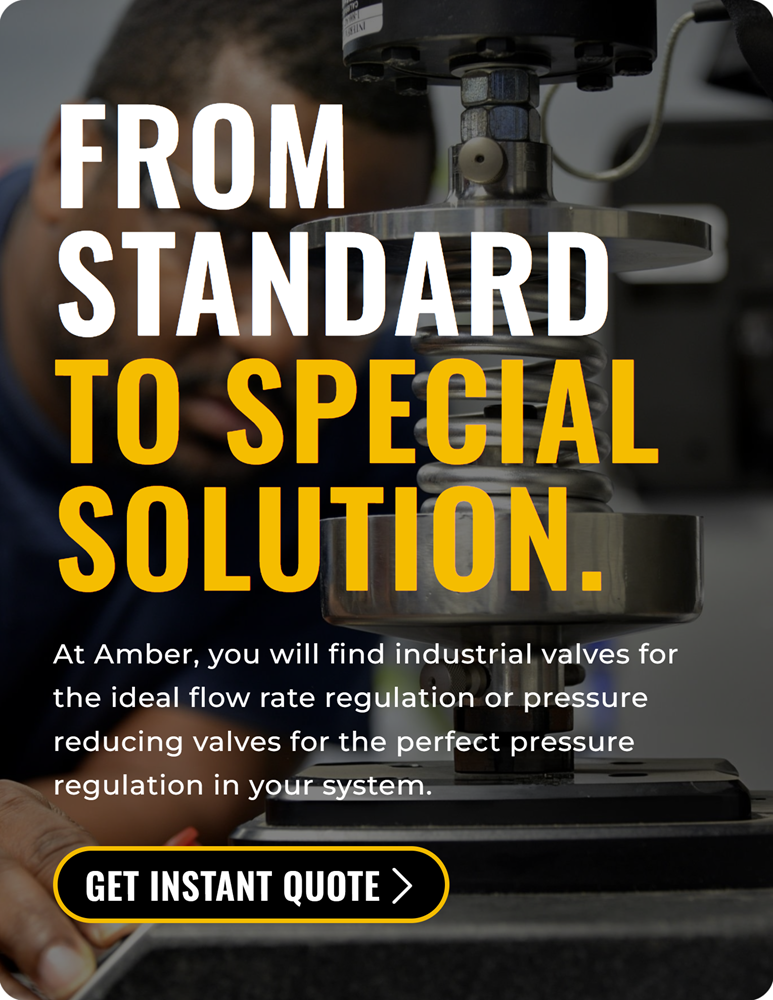Showing 1–9 of 10 results
Pressure relief valves protect your systems from dangerous overpressure, ensuring safety and reliability in every operation. These essential components instantly release excess pressure, preventing costly damage and maintaining optimal performance in pipelines, tanks, and equipment. With robust construction and precise functionality, they handle diverse applications, including water, oil, and gas systems. Experience peace of mind knowing that your operations remain safe and efficient.
pressure relief valve types
Pressure relief valves (PRVs) serve as essential safety devices across a wide array of industrial and residential systems, providing a reliable means of protecting equipment from dangerous overpressure scenarios. PRVs are specifically engineered to release excess pressure once it surpasses a preset threshold, ensuring system stability and preventing catastrophic failures such as pipe ruptures or equipment damage. These valves come in various types, each designed to address unique application requirements and environmental conditions. For instance, spring-loaded PRVs are among the most common due to their simplicity and self-actuating mechanism, which makes them ideal for systems where external power sources are not feasible. Additionally, pilot-operated PRVs provide enhanced precision, especially in high-pressure environments where maintaining system integrity is critical. Balanced bellows PRVs, on the other hand, are designed to handle fluctuating back pressure, making them ideal for steam and gas systems. Lastly, temperature-activated PRVs are suitable for systems vulnerable to overheating, offering automatic pressure regulation based on temperature changes. These valves not only protect equipment but also ensure compliance with industry safety standards. In the sections that follow, we will provide a detailed analysis of four specific pressure relief valve products, further exploring their unique benefits and applications, including boiler, water, safety, and adjustable PRVs. Stay tuned for an in-depth breakdown of how each of these valves plays a crucial role in safeguarding various systems.

Boiler Pressure Relief Valve
Designed to protect high-pressure systems such as industrial boilers, Boiler Pressure Relief Valves ensure safe operation by automatically releasing excess pressure to prevent dangerous overpressurization. Engineered with durable materials, these valves provide reliable protection against potential system failures, ensuring continuous efficiency and operational stability. Their quick response and robust performance make them essential in maintaining both safety and functionality in high-demand environments. Maximize your boiler’s safety and longevity with these precision-engineered solutions, adhering to strict industry standards, including ASME certifications.

Water Pressure Relief Valve
Water Pressure Relief Valves are a critical component in maintaining plumbing system integrity, protecting against the dangers of fluctuating water pressure. These valves automatically release water when pressure exceeds safe levels, preventing burst pipes and damage to appliances. Their durable design not only ensures smooth system performance but also extends the life of plumbing infrastructure. Ideal for both residential and commercial systems, these valves deliver reliable protection and peace of mind. Ensure your plumbing system’s efficiency with valves built to manage fluctuating water pressures effectively.

Safety Relief Valve
Safety Relief Valves are engineered to provide rapid and reliable pressure release in high-risk environments, such as chemical plants and power generation facilities. These valves act as the last line of defense, instantly responding to pressure surges to prevent catastrophic failures like explosions or ruptured pipelines. Built with precision and adhering to API and ISO standards, they are crucial for industries that require stringent safety measures. Trust in safety relief valves for consistent protection and compliance with industrial safety regulations.

Adjustable Pressure Relief Valve
Offering unparalleled flexibility, Adjustable Pressure Relief Valves allow precise control over system pressure by enabling users to set custom release points. This adaptability makes them perfect for systems where pressure fluctuates, such as hydraulic applications and pumping systems. The adjustable mechanism ensures that your system remains within safe operating parameters, enhancing overall efficiency while preventing damage. Customize your pressure protection with these versatile valves, tailored to meet the specific needs of dynamic operational environments.
pressure relief valve function
Their primary function is to automatically open when the pressure in a system exceeds a set threshold, allowing excess gas or liquid to escape and bringing the system back to safe operating levels. PRVs maintain a critical balance between pressure and system integrity, protecting equipment from damage and ensuring operational continuity. With the ability to handle fluctuating pressures, PRVs are particularly useful in industries like oil refineries, chemical plants, and boilers, where overpressure could lead to catastrophic failures. These valves not only safeguard infrastructure but also enhance the longevity of equipment, reducing downtime and maintenance costs. What’s more, their role in preventing accidents makes them indispensable in maintaining workplace safety. PRVs are available in a variety of designs to suit different system requirements, from spring-loaded to pilot-operated models, offering customizable solutions for pressure management. By maintaining pressure within safe limits, PRVs ensure system reliability and efficiency, contributing to smoother, safer operations in industrial environments.
FAQs for pressure brief valves
Selecting the appropriate PRV depends on several critical factors, such as system pressure requirements, operating temperature, and the type of fluid being handled. Ensure that the PRV's set pressure is slightly above your system's maximum allowable working pressure (MAWP). Moreover, material compatibility with your system's fluids—whether gas, liquid, or steam—is vital to prevent corrosion and ensure long-term reliability. Customization options, such as adjustable PRVs, provide flexibility for systems where pressure conditions fluctuate. For expert guidance, refer to the specifications provided by your manufacturer or consult with a valve specialist. This will help you maintain compliance with safety standards while optimizing system performance.
While PRVs (Pressure Relief Valves) and PSVs (Pressure Safety Valves) are often used interchangeably, their operational mechanics differ. A PRV opens gradually to release excess pressure in a controlled manner, making it ideal for precision-driven systems. In contrast, a PSV is designed to pop open fully at a set pressure, offering immediate relief in high-risk environments like chemical plants. Understanding the system's needs will help you choose the appropriate valve for effective overpressure management.
Regular inspection is essential to ensure PRV functionality. Industry standards typically recommend testing at least once a year; however, the frequency may vary based on system complexity, operational risks, and environmental factors. In corrosive or high-pressure environments, more frequent testing is advised. Routine checks help catch issues such as wear, corrosion, or buildup, ensuring the valve responds promptly to pressure changes. Proper maintenance extends the lifespan of the valve, safeguarding your investment while complying with safety regulations.
Yes, back pressure significantly impacts a PRV's set pressure and capacity. High back pressure can cause the valve to open prematurely or fail to relieve pressure effectively. Balanced bellows PRVs are often recommended in systems where variable back pressure is present, as they are specifically designed to handle these fluctuations without affecting the valve's performance. Ensuring your PRV is compatible with your system's pressure dynamics is critical to avoid malfunction and maintain system safety.
Without consistent maintenance, PRVs can fail, leading to dangerous overpressure scenarios. Regular inspections help identify signs of wear, such as corrosion or debris, that may impair functionality. This preventive approach ensures that PRVs remain in optimal condition, providing reliable overpressure protection while minimizing downtime due to unexpected failures. Maintenance not only enhances operational efficiency but also helps you avoid costly repairs and ensures compliance with safety standards, making it an essential part of system upkeep.


